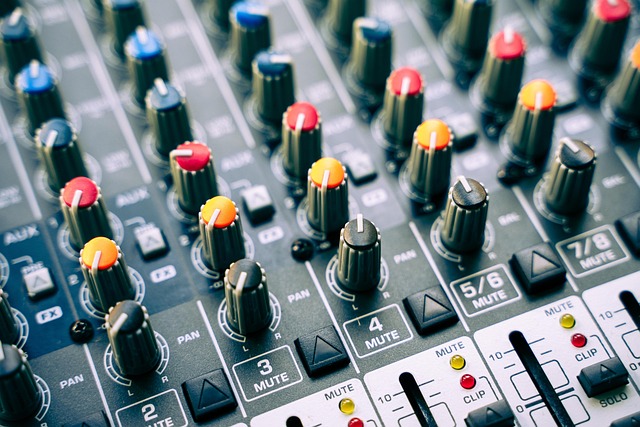
Integrating Culture and Technology: Exploring Touchable Space in Installation Art
In recent years, the intersection of culture and technology has sparked a revolution in the realm of installation art, giving rise to what is now popularly referred to as touchable space.” This innovative concept challenges the traditional boundaries of viewing art, allowing audiences not just to observe but to engage physically and emotionally with the artwork. Touchable space invites a sensory experience, drawing individuals into an immersive environment that blurs the lines between observer and participant.
Fine arts have always been a reflection of cultural narratives, inviting viewers to explore deeper meanings and emotions. With the integration of technology, installation artists are now redefining these narratives through interactive touchpoints. Imagine walking into a gallery where the walls respond to your touch, lighting up or producing sound that resonates with the very fabric of your cultural identity. This is the magic of touchable space.
One exemplary artist who has embraced this concept is Olafur Eliasson. His installations often utilize elements that encourage viewer interaction, transforming the gallery from a passive space into an active arena of exploration. By integrating light, water, and air, Eliasson creates environments that demand our attention, stimulating our senses and inviting us to reflect on our relationship with our surroundings.
Furthermore, touchable space transcends mere interaction; it fosters a deeper understanding of cultural context. In an era where technology often isolates us, artists are using it to draw communities together, allowing individuals from diverse backgrounds to share their experiences. The tactile nature of these installations encourages dialogue, making art a communal experience rather than an isolated one. Visitors do not just walk through art; they partake in it, feeling the textures and vibrations that resonate with their cultural stories.
As we explore this new frontier in installation art, it’s essential to recognize the cultural significance behind touchable space. It challenges traditional aesthetics that prioritize visual over sensory experiences and highlights the importance of our physical interactions within artistic contexts. Touchable spaces are not just about the art itself; they are about the cultural narratives we create collectively and how we use our senses to interpret them.
As technology continues to evolve, so too will the possibilities within installation art. Artists are likely to delve deeper into AR, VR, and other emerging technologies, further expanding the dimensions of touchable space. The journey into these interactive realms enriches our understanding of culture by making art accessible and relatable, breaking down barriers that often separate us from our heritage.
Ultimately, the exploration of touchable space within installation art urges us to rediscover our senses, reaffirm our cultural ties, and engage with the world around us. As we embrace this revolutionary approach, we open up a dialogue about the very nature of art and its role in society, leading us to new understandings of cultural identity and human connection.


